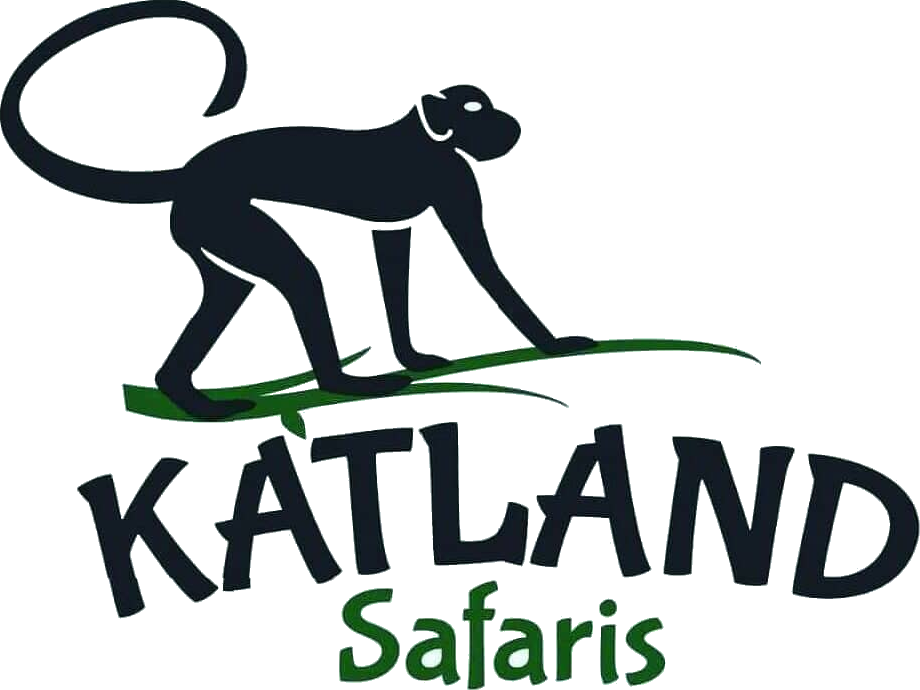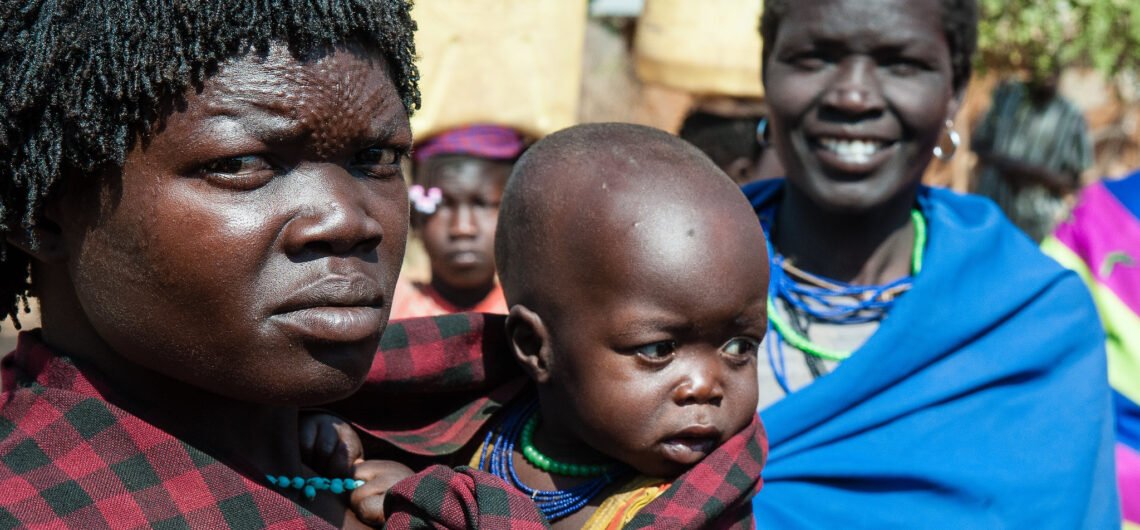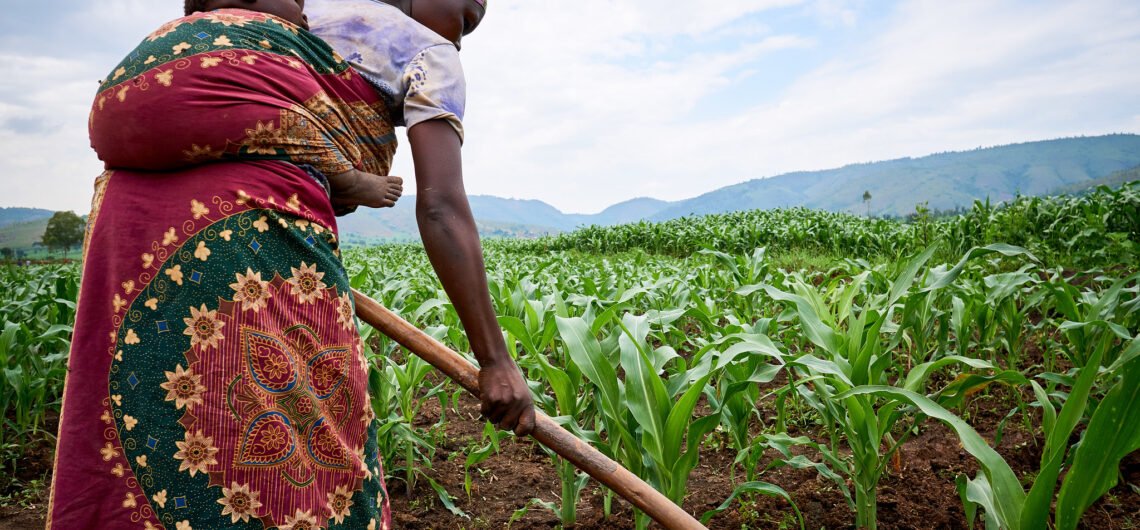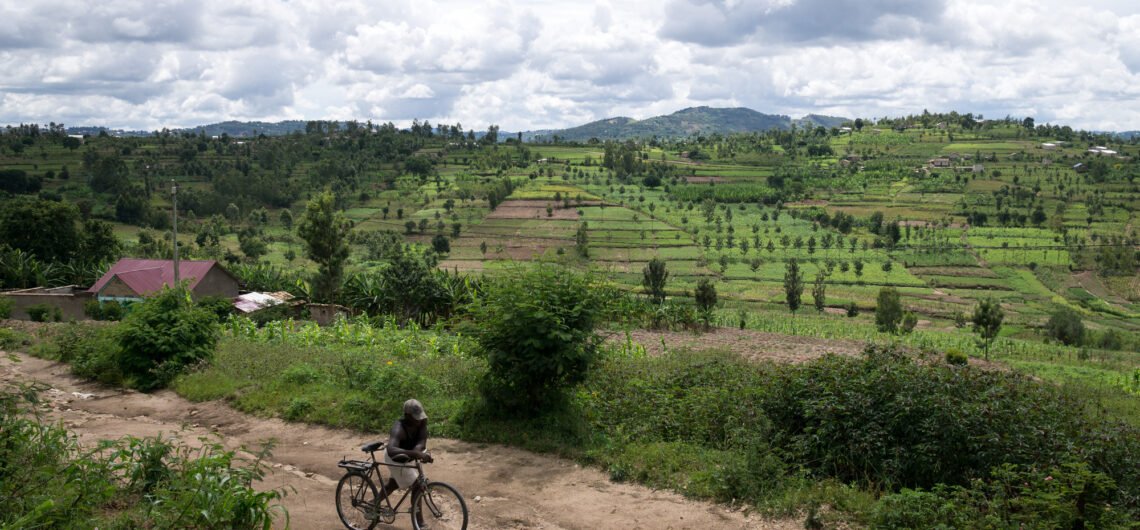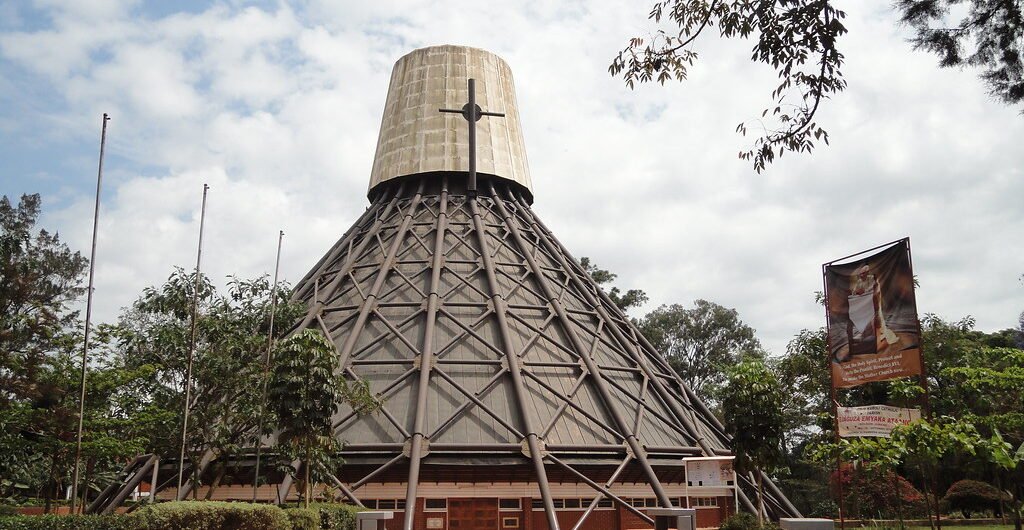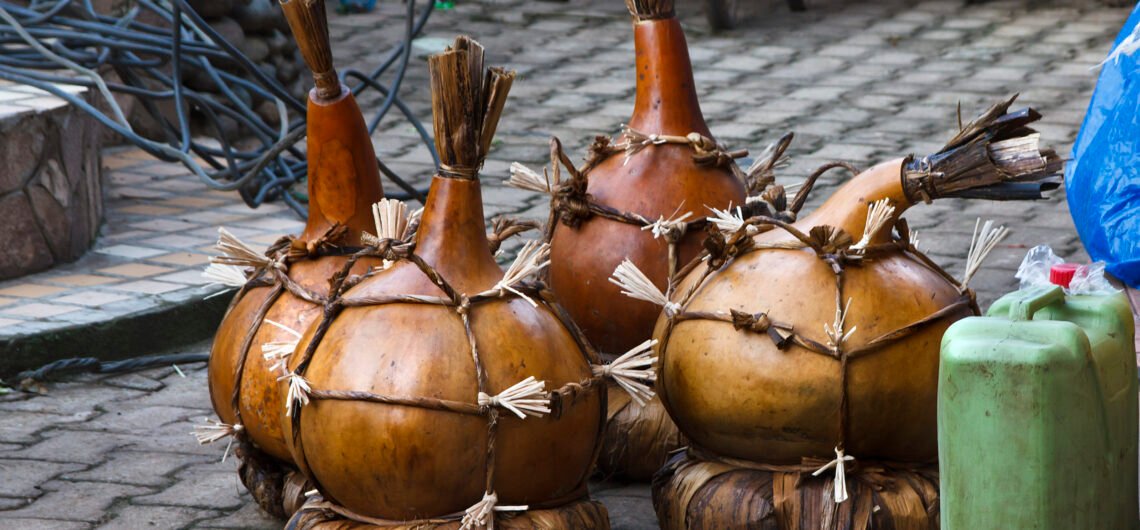Which languages do Ugandans speak? – Languages spoken by the Bantu people in Uganda.
Which languages do Ugandans speak?
A nation renowned for its breathtaking scenery and varied wildlife is also home to a captivating array of languages spoken throughout the Country. Uganda showcases an impressive linguistic richness that mirrors the vibrant cultural legacy of its people. From Luganda, the most prevalent language, to Ateso, Acholi, Runyankole, and Rukiga, each language provides a distinct insight into the customs and traditions of different ethnic communities.
In this thorough guide, we explore the languages spoken in Uganda, highlighting their backgrounds, features, and cultural importance. Whether you are planning a visit to the lively capital city of Kampala, discovering the picturesque countryside simply enthralled by the impact of language, the article will take you on a fascinating linguistic adventure through the core of Uganda. Join us as we showcase the linguistic diversity that makes Uganda such a remarkable place.
Uganda`s official languages
There are two recognized official languages in Uganda: English and Kiswahili. English holds a central position in government education and business, acting as a common thread across the country`s diverse linguistic terrain. It is the primary language of instruction in schools and was extensively used official language during British colonial rule, and has fostered a multilingual society where English serves as a link among various ethnic groups.
Swahili, the second official language, is gaining increasing recognition, especially in urban areas and among young people. It is served for its ability to facilitate communities.
The inclusion of Swahili in the educational curriculum has further strengthened its role in Ugandan society. The co-existence of these official languages highlights the complexity of Uganda’s linguistic landscape. While English and Swahili are vital for national and international communication, the indigenous languages enrich the cultural heritage of the nation. This dynamic interaction between the official language and local dialects underscores the importance of preserving linguistic diversity while promoting effective communication in a multiethnic society. The dual linguistic frame in Uganda showcases its historical journey and the ongoing evolution of its cultural identity.
Uganda`s indigenous language | Which languages do Ugandans speak
Beyond the official languages, Uganda is home to over 40 native languages, each representing distinct ethnic groups and identities. These languages belong to three main language families: Bantu, Nilotic’s and central Sudanic, highlighting the rich cultural mosaic of Uganda’s heritage. Indigenous languages are not just means of communication; they embody the customs, perspectives, or histories of the communities that speak them. Each language provides a unique glimpse into local traditions, folklore, and social norms, making them essential to the country`s cultural conservation.
Luganda, the most widely spoken native language, is primarily used by the Baganda people in the central region, particularly around Kampala.
Luganda serves as a dominant medium of Communication. Other notable indigenous language includes Ateso, spoken by the Iteso people in eastern Uganda, and Runyankole, Rukiga, predominantly used by Banyankole and Bakiga in the southwestern region. These languages reflect the geographic and cultural diversity of Uganda, with each language encapsulating experiences and stories of its speakers.
The importance of indigenous languages extends beyond communication; they play a vital role in fostering a sense of identity and belonging among communities. Language is closely tied to culture, and the loss of a language often leads to a decline in cultural practices and traditional knowledge. Therefore, preserving and promoting cultural legacy is critical. Efforts to document, teach, and revitalize these languages are essential in ensuring that future generations maintain a connection to their heritage and roots.
Languages spoken by the Bantu people in Uganda | Which languages do Ugandans speak
The Bantu language group is the most widely represented linguistic family in Uganda, encompassing several languages spoken by the majority of the country’s population. The languages are distinguished by their own class systems and share many linguistic features, facilitating mutual understanding among speakers. Notable Bantu languages in Uganda include Luganda, Runyankole, Rukiga, and Lunyoro-Lutoro.
Each of the above languages reflects the distinct cultural and historical context of the communities that speak them. Luganda, as the most prominent Bantu language, serves as a cultural foundation for the Buganda people. It is not only a means of communication but also a vehicle for preserving the rich oral traditions, proverbs, and sayings spoken throughout Uganda, making it a vital component of the national identity
The use of Luganda in media, literature, and education highlights its significance in promoting cultural expression and unity among different ethnic groups.
Langi is another prominent.
Nilotic language is predominating spoken by the Langi people in the sub-sub-sub-region. The language is known for its unique tunnel characteristics, and its role is to convey the cultural narratives of the Langi community, like Acol. Langi is integral to the social fabric of its speakers, fostering a sense of identity and belonging.
Booking gorilla trekking safaris in Uganda and Rwanda with Katland Safaris.
Katland Safaris organizes the best gorilla and wildlife safaris in East Africa. When it comes to gorilla trekking, we will book your gorilla trekking permits for Uganda`s Bwindi and Mgahinga gorilla national park and gorilla permits for Volcanoes National Park in Rwanda. Besides booking your gorilla permit, we will also put all other gorilla safari accessories, like transportation and accommodation, in one package to make your gorilla trekking safari a memorable adventure:
Your gorilla trekking safaris can be customized to meet your safari expectations and needs, and budget. The safari package can range from budget, mid-range, and luxury safaris.
Feel free to contact our team of excellent safari consultants to help you organize the best Africa gorilla safari ever.
Embark on an unforgettable Gorilla trekking and wildlife safari experience in Uganda and Rwanda.
WhatsApp us at +256705778866 to book your safari today!
Email us at info@katlandafricagorillasafaris.com for more information
Visit www.katlandafricagorillasafaris.com for exciting tour packages and itineraries.
